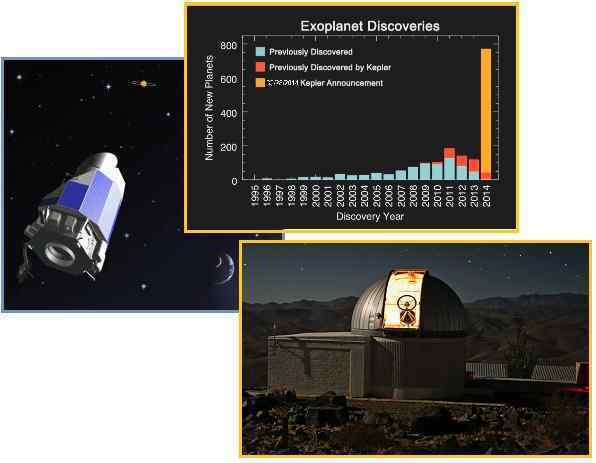
| |
 |
ZetaTalk Chat Q&A for May 7, 2016
Was this a Freudian slip? Little Green Men? [and from another] http://www.foxnews.com/us/2016/05/01/us-armys-top-general-be-prepared-to-fight-little-green-men.html The Army’s top general wants cadets to prepare to fight “little green men.” Army Chief of Staff Gen. Mark Milley made the remark April 21 in a speech to celebrate the 100th anniversary of Norwich University’s ROTC program. “You’ll be dealing with terrorists, you’ll be dealing with hybrid armies, you’ll be dealing with little green men, you’ll be dealing with tribes, you’re going to be dealing with it all, and you’re going to be dealing with it simultaneously,” Milley said. [and from another] http://www.openminds.tv/army-chief-of-staff-warns-of-hybrid-armies-and-little-green-men/37085 Those familiar with terminology used in the study of alleged alien abduction know hybrids to be beings that are half alien and half human. This has lead some websites to proclaim that the Army has admitted they are preparing for battle with aliens! However, this is not the case. Both of these are terms that are being used by the military to mean something other than aliens. [and from another] http://www.armytimes.com/story/military/2016/04/29/army-chief-talks-little-green-men-and-sets-off-ufo-enthusiasts/83705636/ The phrase “little green men” typically refers to foreign troops or paramilitary forces who dress in green attire instead of traditional military gear. [and from another] https://www.metabunk.org/explained-head-of-the-army-admits-to-little-green-men-covert-russian-agents.t7534/ Little Green Men is a term used for anonymous forces who wore nondescript green military style clothing, (and were presumed to be Russian SPETSNAZ). The term was first used by the local Ukrainians, then used in academic papers. [and from another] http://www.wired.com/2016/05/little-telescope-just-discovered-three-exoplanets-one-upped-kepler/ In 2010, Michaël Gillon and colleagues at the University of Liège got their small prototype telescope built in the desert of Chile. By the numbers, that telescope isn’t particularly noteworthy. TRAPPIST tracks about 60 stars; Kepler tracks 100,000. TRAPPIST has to point its lens through the haze of Earth’s atmosphere; Kepler gets to look through the clarity of space. TRAPPIST’s lens is only 60 centimeters in diameter; Kepler’s is 95.

While the flap over a statement by General Milley mentioning “little
green men” and “hybrid armies” made headlines in the media, the real news
about exoplanets was quietly announced on technical media sites. Milley of
course was referring to different army types. In an announcement release
reminiscent of the Planet 9 announcements last January-March, the ESO
telescope in Chile has located potentially life bearing planets orbiting
failed suns, termed “ultra-cool dwarf suns”. Kepler, the orbiting
telescope noted for discovering enormous numbers of these exoplanets, has
been looking too far away, is
the conclusion, to discover them all. The ESO has found some right next
door.
Where is this leading? We have described the bumbling announcement
admitting the near presence of Nibiru as deliberate. Oh, the gravity tug
that set the IRAS team to peering in the direction of Orion in 1983 was
there all along! So say the astronomers discovering what is being termed
Planet 9. This is Nemesis, the dark unlit binary of the Earth’s Sun, some
18.74 Sun-Pluto distances away. Then the public was encouraged to look to
the constellation Cetus, which just happens to be where Second Sun
sightings place Nibiru at present.
What will happen when the public discovers a dust shrouded orb there, not
at a distance but right inside the solar system? “Oh, we’ve been looking
too far away, and it was right next door!” There must be some way to
explain why Nibiru passed notice all these years, yet arrived where and
when ZetaTalk predicted. It is true that if one looks too far, one misses
what is right in front of one’s nose. There must be some
reason to explain the failures of NASA probes and observatories worldwide,
failures of the WISE star mapping project and the Hubble’s long view. We
predict this will develop into the second prong of the slow bumbling
announcement.